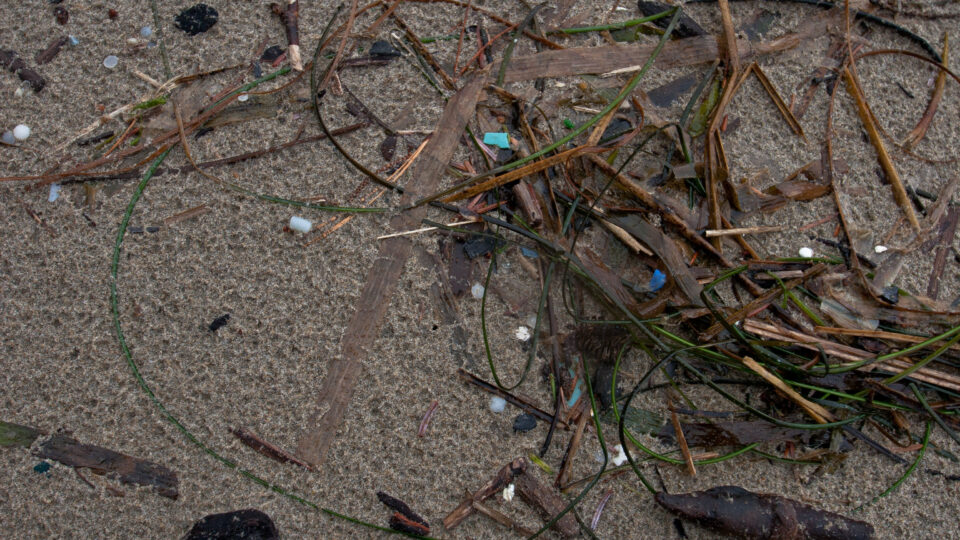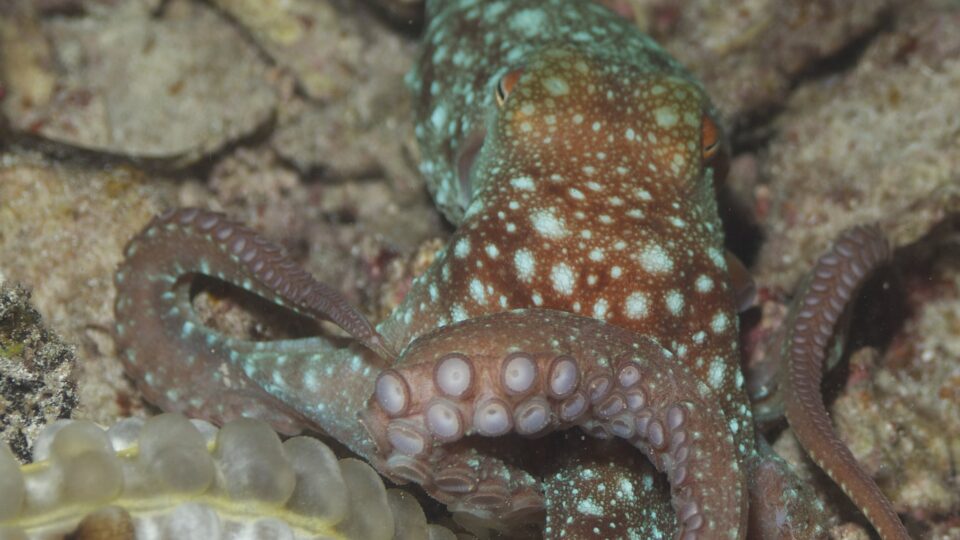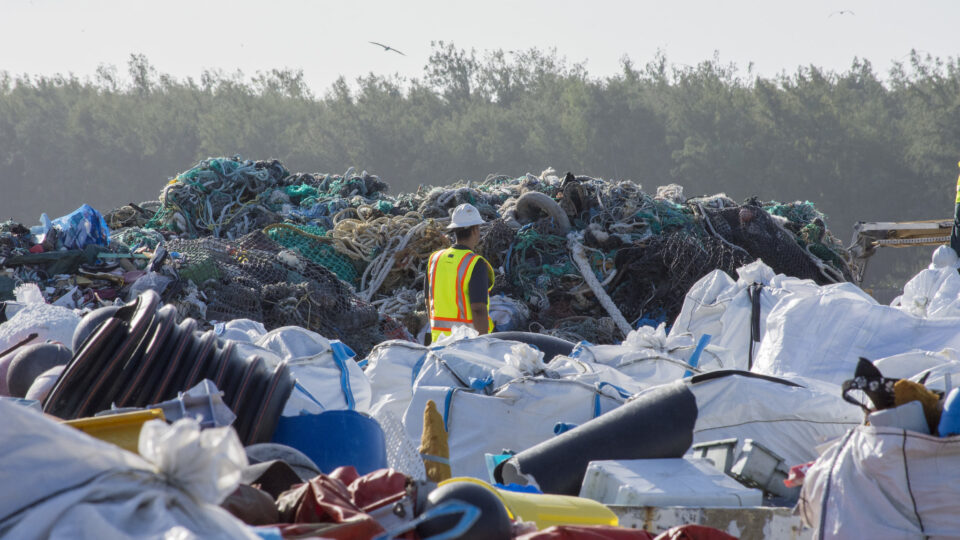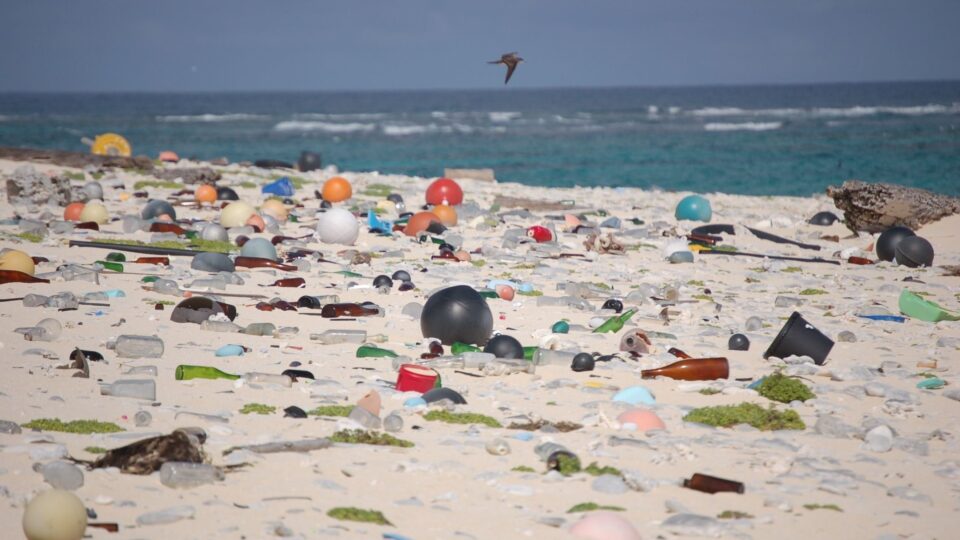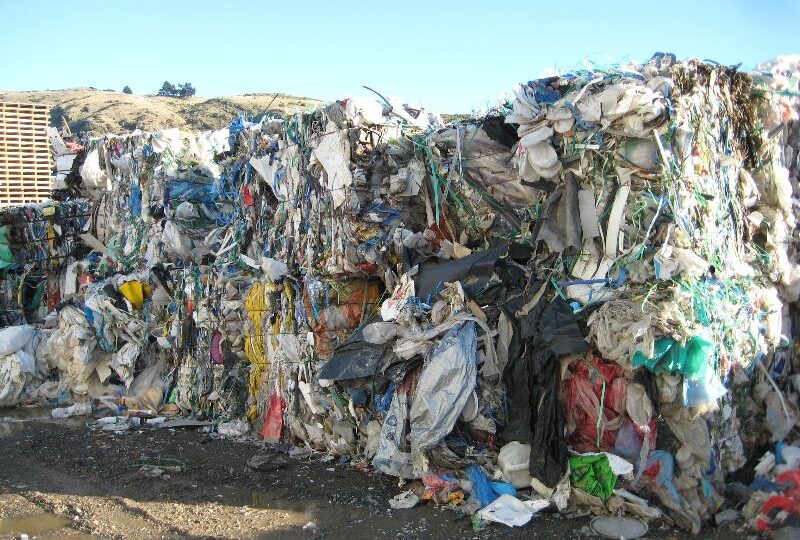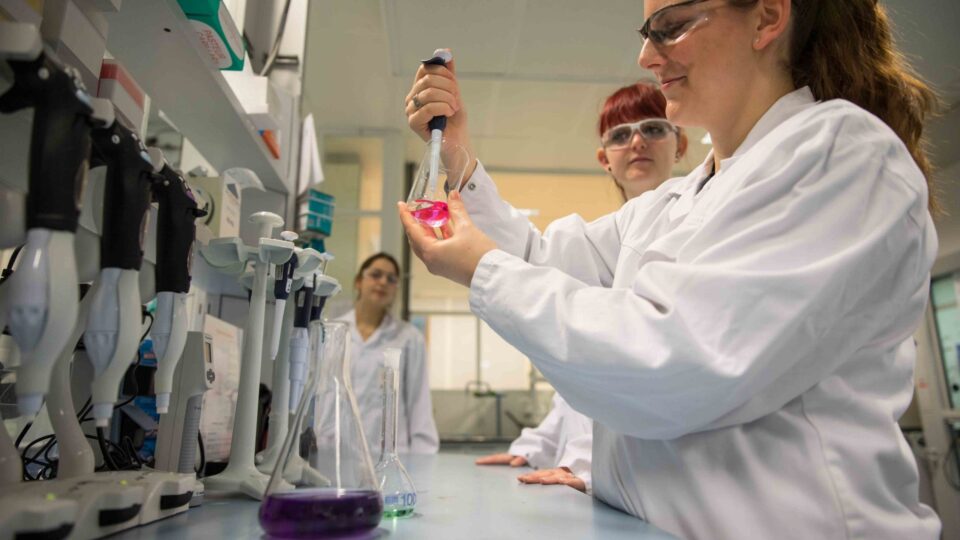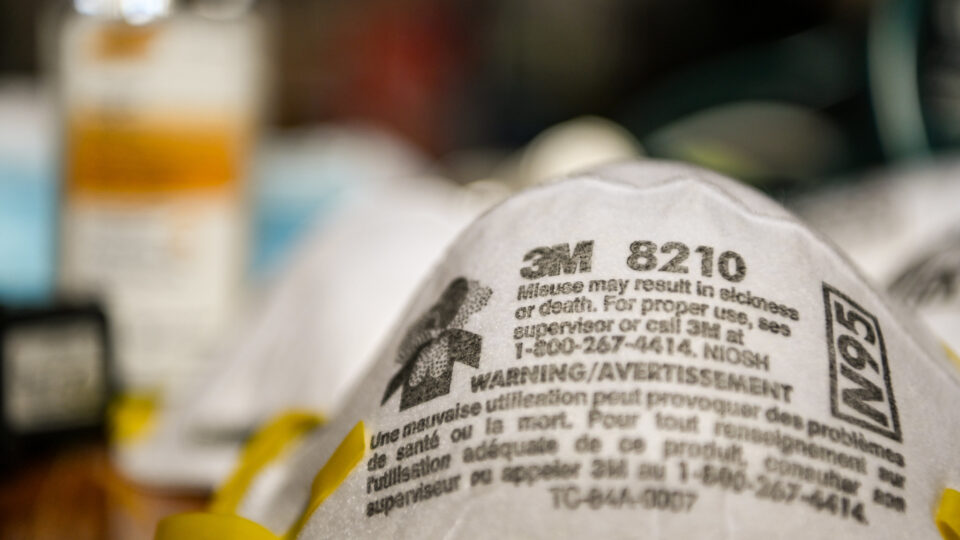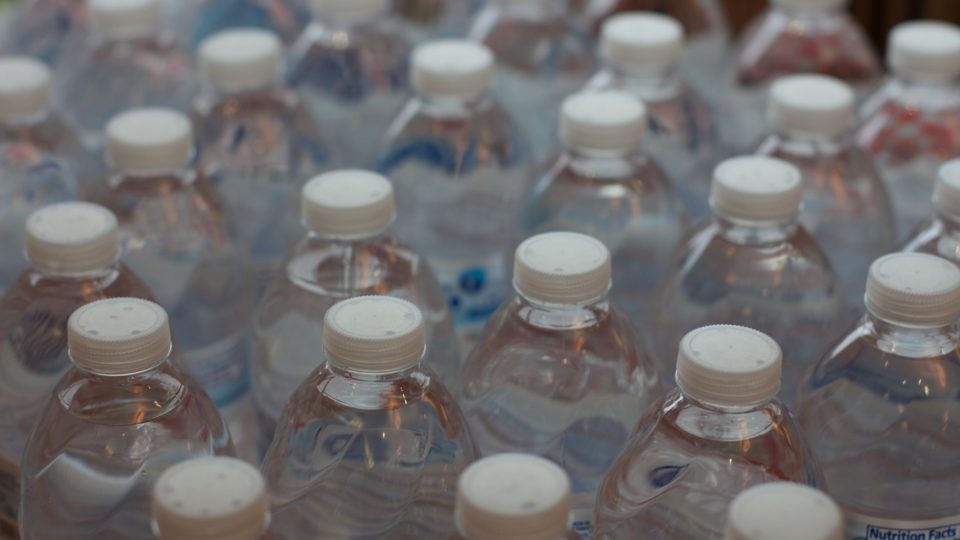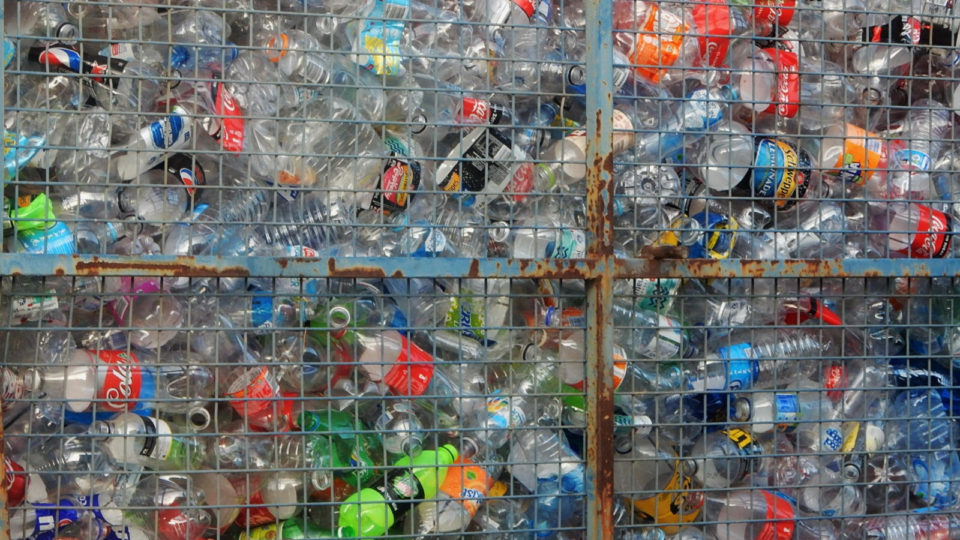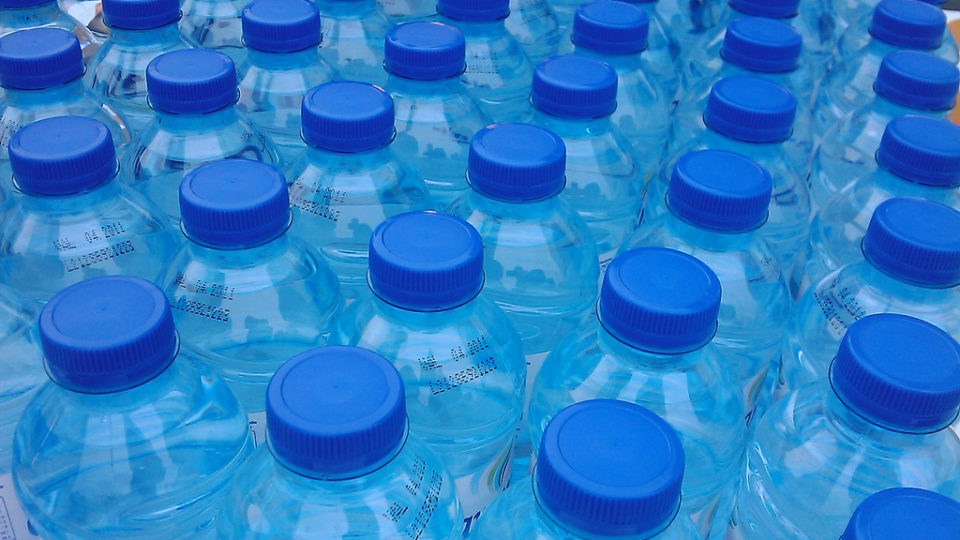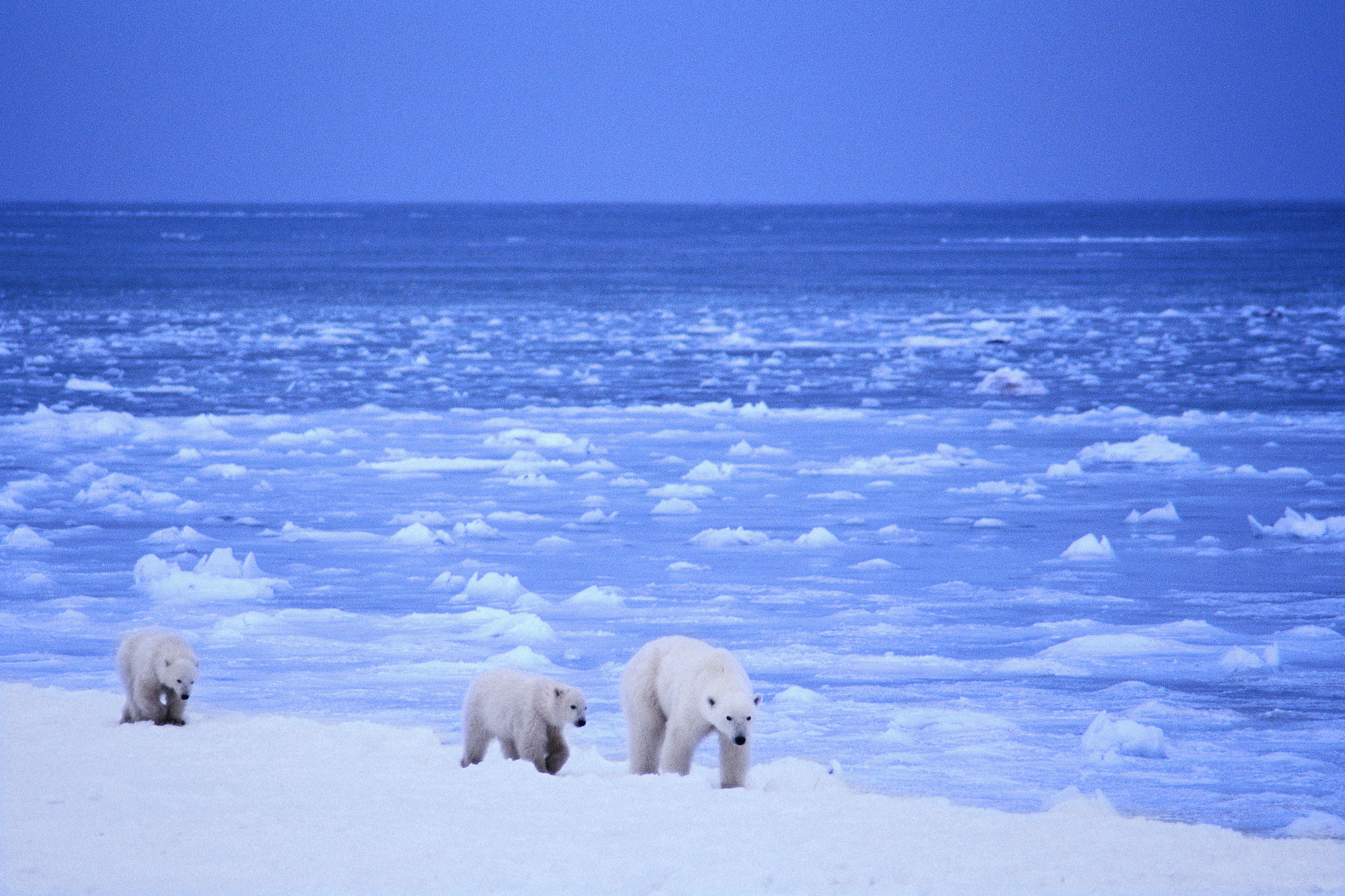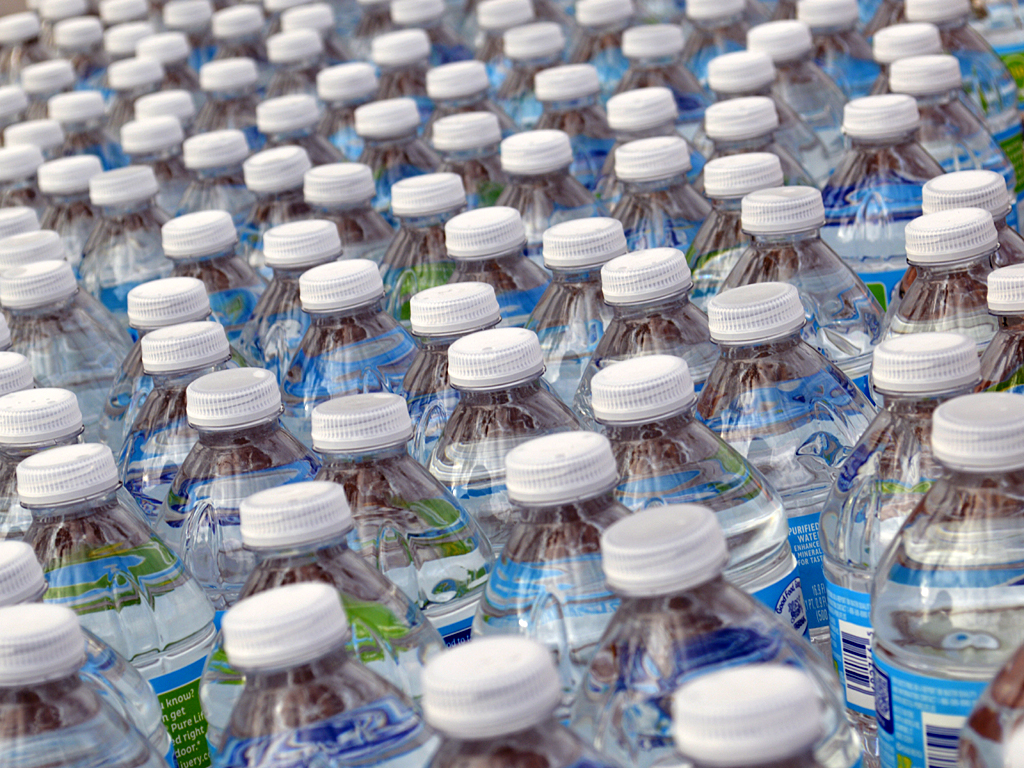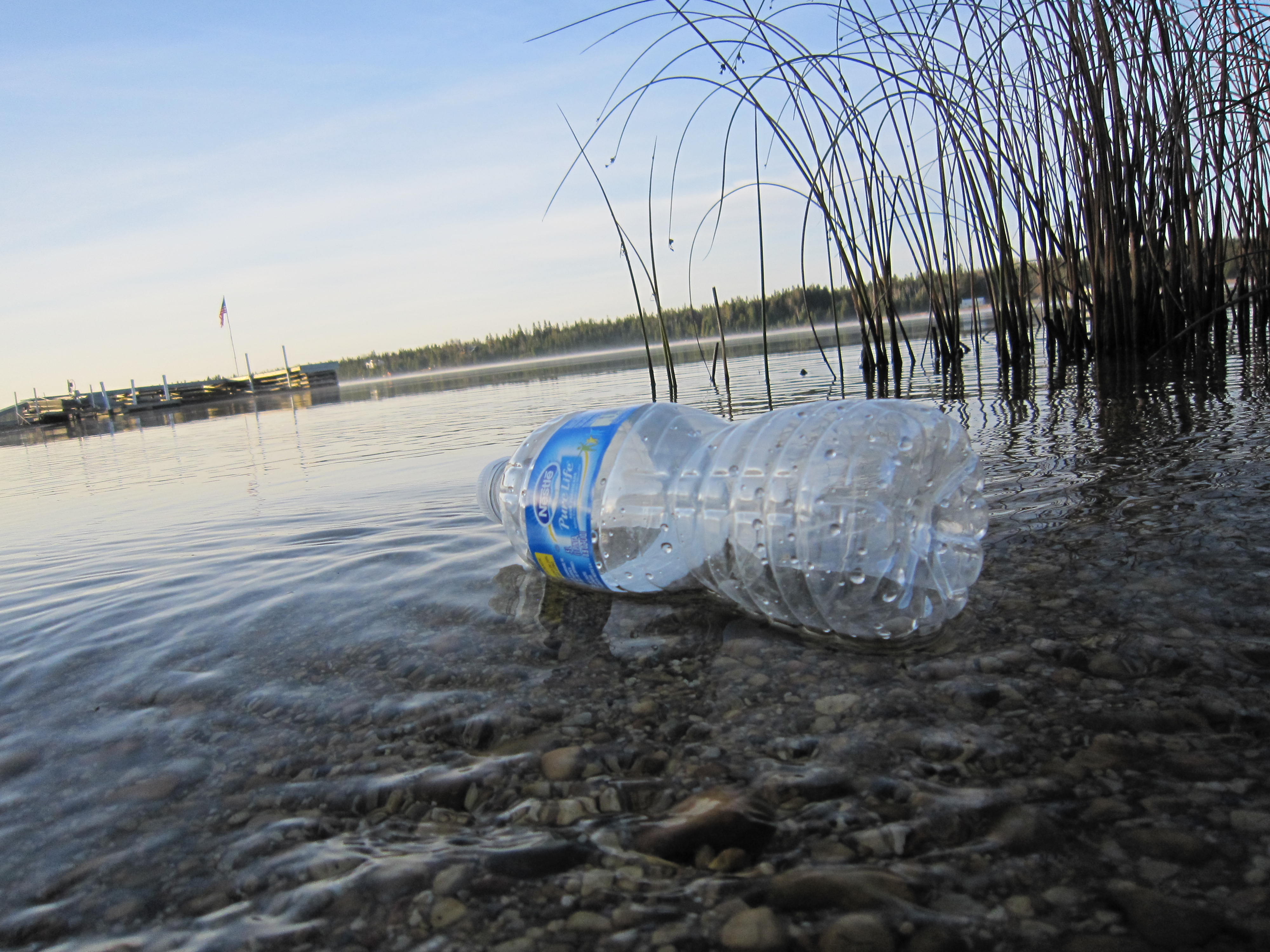Every year, millions of people around the world make resolutions in hopes of sparking positive changes in the new year. Popular resolutions include improving health and fitness, traveling more, spending less, and so on. With the New Year just around the corner, here are seven resolutions we all could make that would collectively have a major impact on the planet:
1) Eat less meat. Resource-intensive animal-based foods like meat, dairy, and eggs are one of the chief contributors to climate change.
2) Get a home energy audit. It’s a great way to understand your home’s energy footprint and discover ways to improve the energy efficiency of your home.
3) Buy local whenever possible. Shopping locally supports the local economy and dramatically cuts down on the carbon emissions associated with shipping.
4) Carry reusable shopping bags on errands. While disposable shopping bags are convenient, they are difficult to recycle and are often thrown away.
5) Air dry your laundry whenever possible. Drying clothes outside or using an indoor drying rack can save money and energy. Americans spend about $9 billion a year on electricity to dry clothing.
6) Purchase used or pre-owned items. The market for second-hand items is booming, making it possible to purchase pretty much anything you want at thrift stores or online.
7) Bring a reusable water bottle everywhere. According to the EPA, Americans throw away enough plastic bottles each year to circle the earth five times. Carrying your own bottle helps reduce this waste and will save you money.
As we ring in the new year this weekend, let’s raise our glasses to a cleaner and greener 2023.
**********
Web Links
10 Sustainable New Year’s Resolutions!
Photo, posted December 31, 2014, courtesy of Doug Anderson via Flickr.
Earth Wise is a production of WAMC Northeast Public Radio

